#castles of Romania
Text

Peleș Castle, Royal Domain of Sinaia, Prahova County, Romania,
Paul Gostielean Photography
#art#design#architecture#history#luxury lifestyle#style#luxury house#luxury home#castle#peles castle#stairs#spiral staircase#roayl#sinaia#romania#paul gostielean#carpathians
5K notes
·
View notes
Text

Peles Castle, Romania (by Gloria Cretu)
3K notes
·
View notes
Text

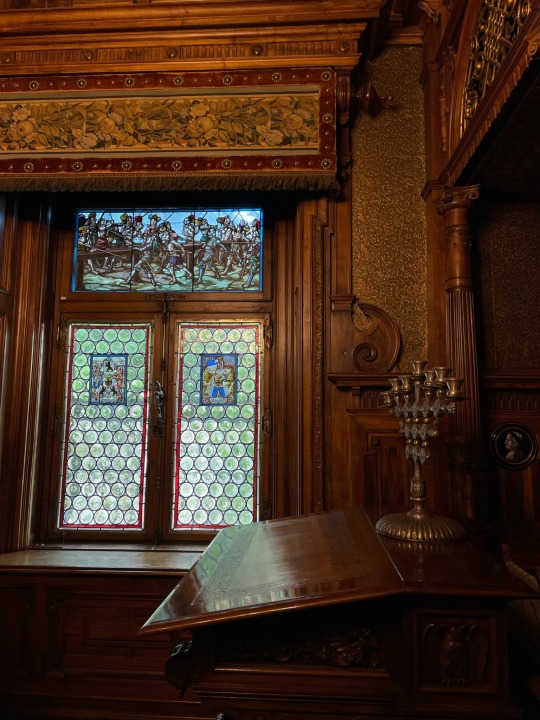


photos from my visit to Peleș castle in România
6K notes
·
View notes
Text

Peles Castle, Romania
567 notes
·
View notes
Text

Jonathan Harker’s Journal
(Kept in shorthand.)
30 June,
Get shovelled, idiot
#dracula daily#re: dracula#dracula daily drawing#procreate#digital art#1992 dracula as visual ref as always. equal care taken with both likenesses as you can see here#dracula#illustration#artists on tumblr#drawing#my art#is anyone appreciating the fact that i looked up the correct postcode for one of the Dracula castles in Romania foe the return address#is anyone reading the writing in the coffin#probs not#i amuse myself at least and that’s the most important part
409 notes
·
View notes
Text
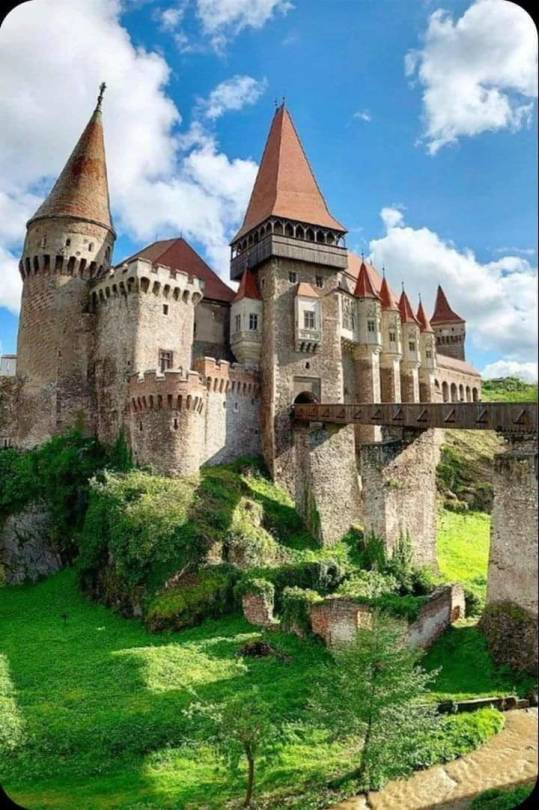
CORVIN CASTLE (Castelul Corvinilor) - ROMANIA
380 notes
·
View notes
Text

Solymos Castle, 1930. From the Budapest Municipal Photography Company archive.
95 notes
·
View notes
Text

I'm so tired. I don't know if I can ever outrun how I used to be.
-- Marie Lu
(Sinaia, Romania)
#tired#outrun#used to be#marie lu#travel photography#sinaia#romania#quote#walls#windows#museum#peles castle
323 notes
·
View notes
Text

📍Corvins Castle, Romania
#dark academia#light academia#classical#academia aesthetic#escapism#academia#books and libraries#classic literature#books#architecture#building#historical#old#history#Corvins Castle#castle#romania#exterior#royal core#cottage core#aesthetic#academic#travel#photography#fairytale#mood#vibe#tumblr
286 notes
·
View notes
Text
Peles Castle
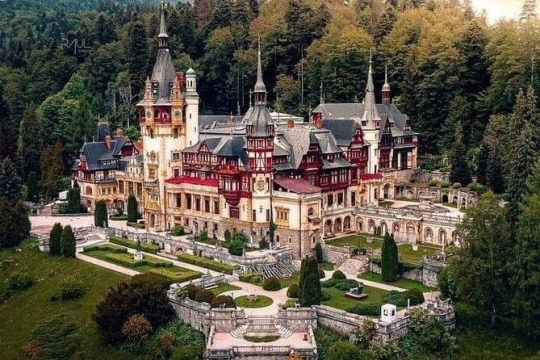
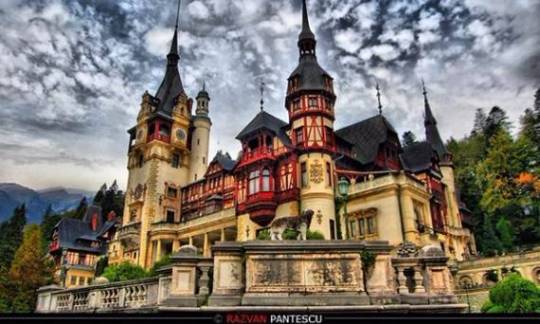





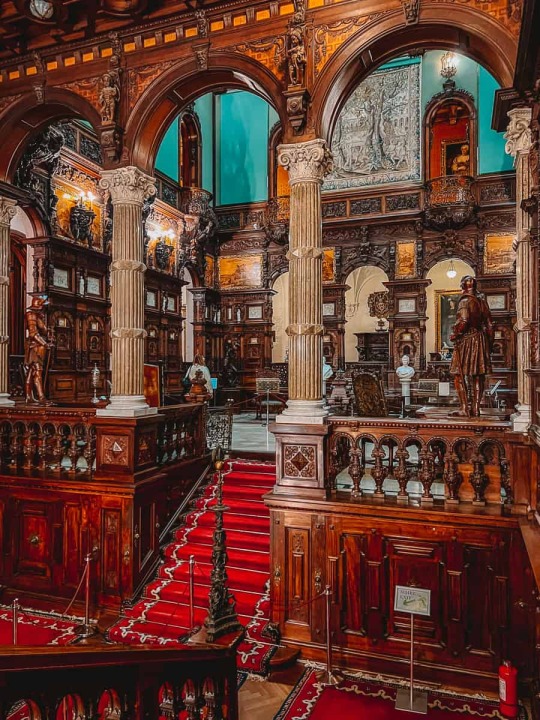





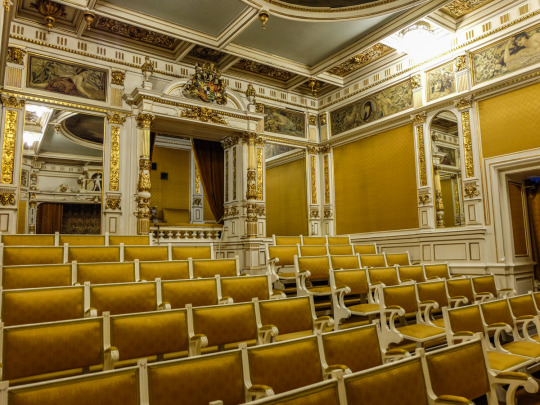
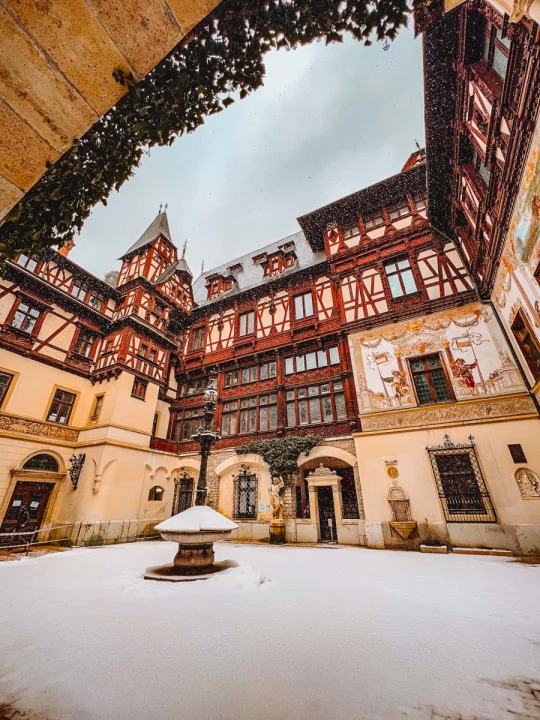

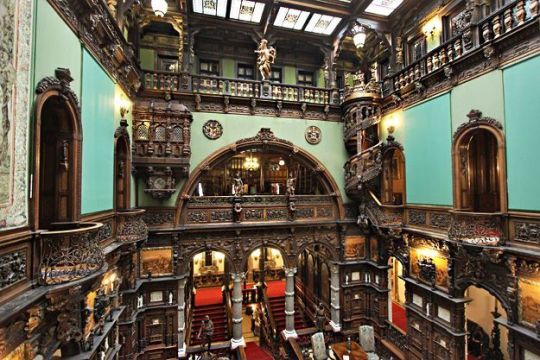
Peleș Castle is located at the foot of the Bucegi Mountains in the town of Sinaia in Prohova County, Romania. King Carol I of Romania built the Neo-Renaissance castle from 1873 to 1883; it was under his reign that the country gained its independence. Along with the castle, the king commissioned a royal summer retreat, a hunting lodge, royal stables, guards’ chambers, an Economat building, and a power plant on the estate. Peleș Castle was the world’s first to be fully powered by locally produced energy. The castle went through later additions throughout its history and was once seized by the Communist regime. The castle was closed from 1975 to 1990, but after the December 1989 Revolution the castle was re-established as a heritage site and reopened to the public. The castle boasts 160 ornate rooms carrying themes from cultures around the world. The rooms are lavishly decorated with wall and ceiling frescoes by Gustav Klimt and Franz von Matsch, Murano crystal chandeliers, German stained-glass windows, Cordoba leather covered walls, carved teak furniture in the Music room, and a 4,000 piece collection of arms and armor are displayed in the Armory. The castle also has a movie theater and a Turkish salon. The property has seven Italian neo-Renaissance terrace gardens made mostly of Carrara marble, while the gardens have statues, fountains, stairways, and marble paths. Peleș Creek runs through the courtyard, while a towering statue of King Carol I overlooks the main entrance. Peleș Castle is open to the public for guided tours and serves as the Peleș National Museum.
79 notes
·
View notes
Text

77 notes
·
View notes
Text

Peles Castle, Romania (by CALIN STAN)
6K notes
·
View notes
Text
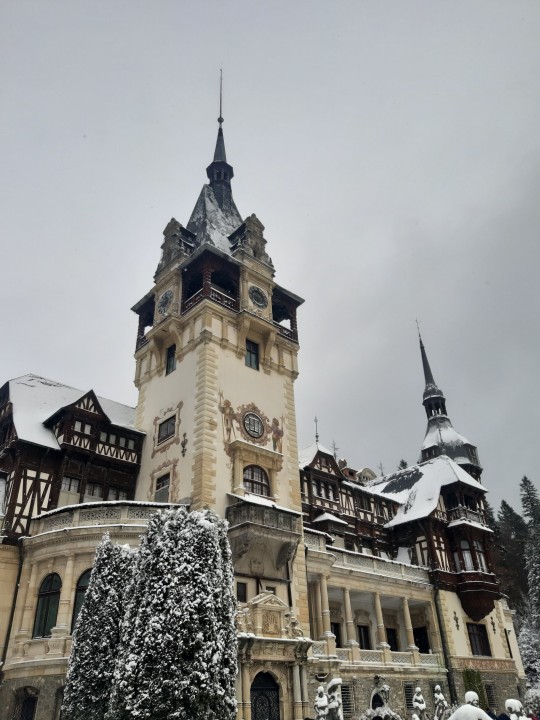
PrimaOara
#view#sky#clouds#snowday#let it snow#snowflakes#snow white#snow#castle#peles castle#Romania#2023#november#reblog4reblog#reblog#follow the blog i reblogged this from#reblog4follow#trees#brasov#Bucharest#cold#photoblog#photograph#my photos#photography#photooftheday#architecture#romanian#point of view#gray sky
131 notes
·
View notes
Text
Dracula´s Castle
Romania
Bran Castle
"Have you seen vampires? Nestled deep in the rugged landscapes of Transylvania, myths and legends swirl as thick as the morning fog—here lies Bran Castle, often dubbed Dracula’s Castle. This imposing fortress is the heart of countless vampire tales and whispers of the undead that have captivated imaginations worldwide.
Bran Castle’s link to Dracula is steeped more in fiction than historical fact. Bram Stoker’s 1897 novel “Dracula” painted the portrait of a bloodthirsty vampire count, a character loosely based on the real Vlad the Impaler, known for his brutal methods of punishing his enemies. Stoker never visited Romania, but his descriptions evoke the eerie essence of this region, aligning perfectly with the gothic stature of Bran Castle. The castle itself, dating back to the 14th century, perches dramatically on a hill, inviting stories of nocturnal creatures lurking in its shadowy corridors.
Though the connection to Vlad is tenuous, the castle has embraced its role in vampire lore, attracting those fascinated by the supernatural and the spine-tingling tales of vampires. What is it about vampires that continues to draw us in? Is it the thrill of the unknown, or perhaps a darker reflection of our own nature?"
source: Romania (on ig)
@macabreland 🦇
#Bran Castle#Dracula´s Castle#Transylvania#Vampire Lore#Gothic Architecture#Bram Stoker#Romania#Dracula#Vlad the Impaler#Romanian Legends#vampires#vampire#dark aesthetic#vampire aesthetic#vampire core#vampcore#gothcore#gothic#goths#goth#goth aesthetic
20 notes
·
View notes
Text




#donna tartt#the secret history#tsh#architecture#books & libraries#castle#chaotic academia#academia aesthetic#light academia#dark academia#classic academia#classic#coffee#cozycore#cafe#cafe aesthetic#photography#nature#medieval#tea time#flowers#romania#brasov#bucharest#hot chocolate#history#inspo board#inspo#moodboard#philosophy
43 notes
·
View notes


